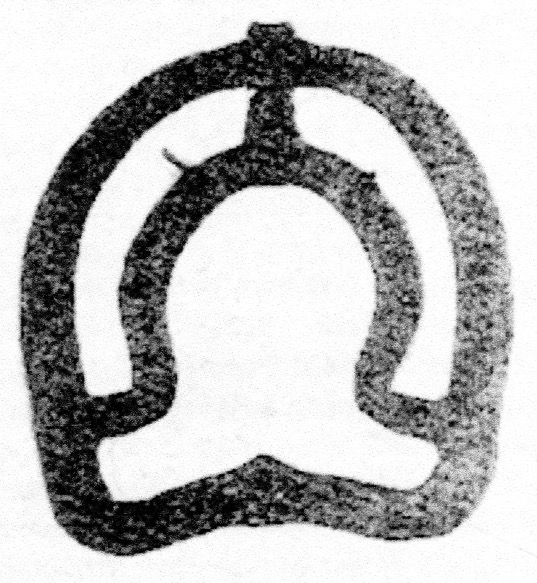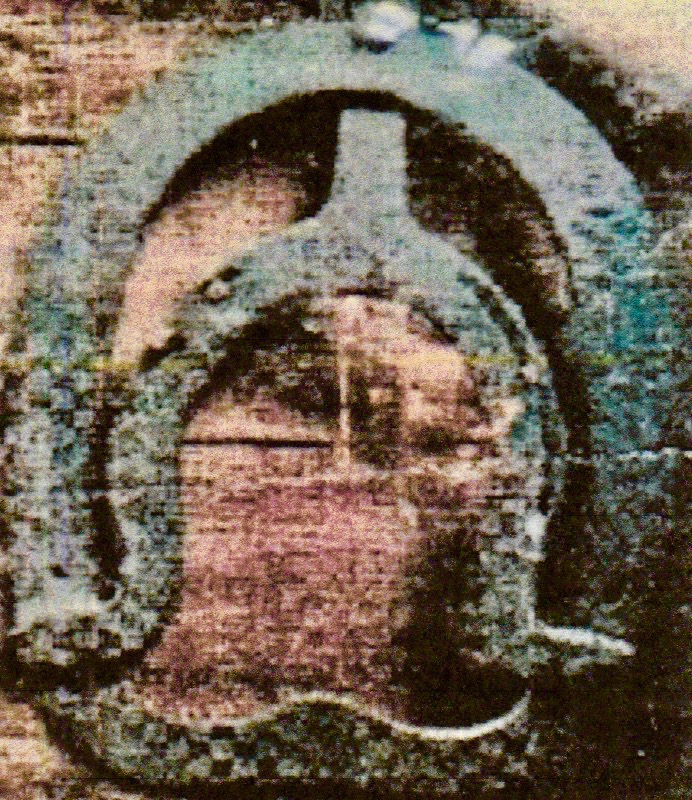In the Rio Vista History Museum is an item called the Tule Shoe. It’s a horseshoe designed specifically for the soft fertile peat land formed largely by decaying Tule reeds that characterizes the Delta’s agricultural environment.
While the soil is extraordinary fertile, it is also very soft and unstable, making it difficult for large work animals. Horses would become stuck, causing them to panic and thrash and sometimes injure themselves or men working with them. It fell to the Chinese immigrant workers to invent a shoe that would prevent this from happening.
In the late 1800’s the first rule shoes were made of ash planks, about 10 inches long and 8 inches wide with thick webbing made from woven rules. These were attached to the horses’ front hooves with special studs. The idea was to distribute the weight over a large area, much like snowshoes. Once the horses learned to maneuver these awkward appendages, they could indeed work more efficiently in the soft peat. The design was refined, and an iron shoe, approximately 12 inches across, attached to a regular horseshoe, became the standard.
Interestingly, the Chinese have not always been credited with this invention. White celery farmers in Southern California borrowed the idea for their “pest shoes,” but it was the Chinese who originated the design, one of their many contributions to the Delta’s agricultural economy.
Written by Suzanne Goldberg in a 2015 Rio Vista Newsletter
Information for this article was from Richard Steven Street’s Beasts of the field: A Narrative History of California farmworkers, 1769-1913, Stanford University Press, 2004

